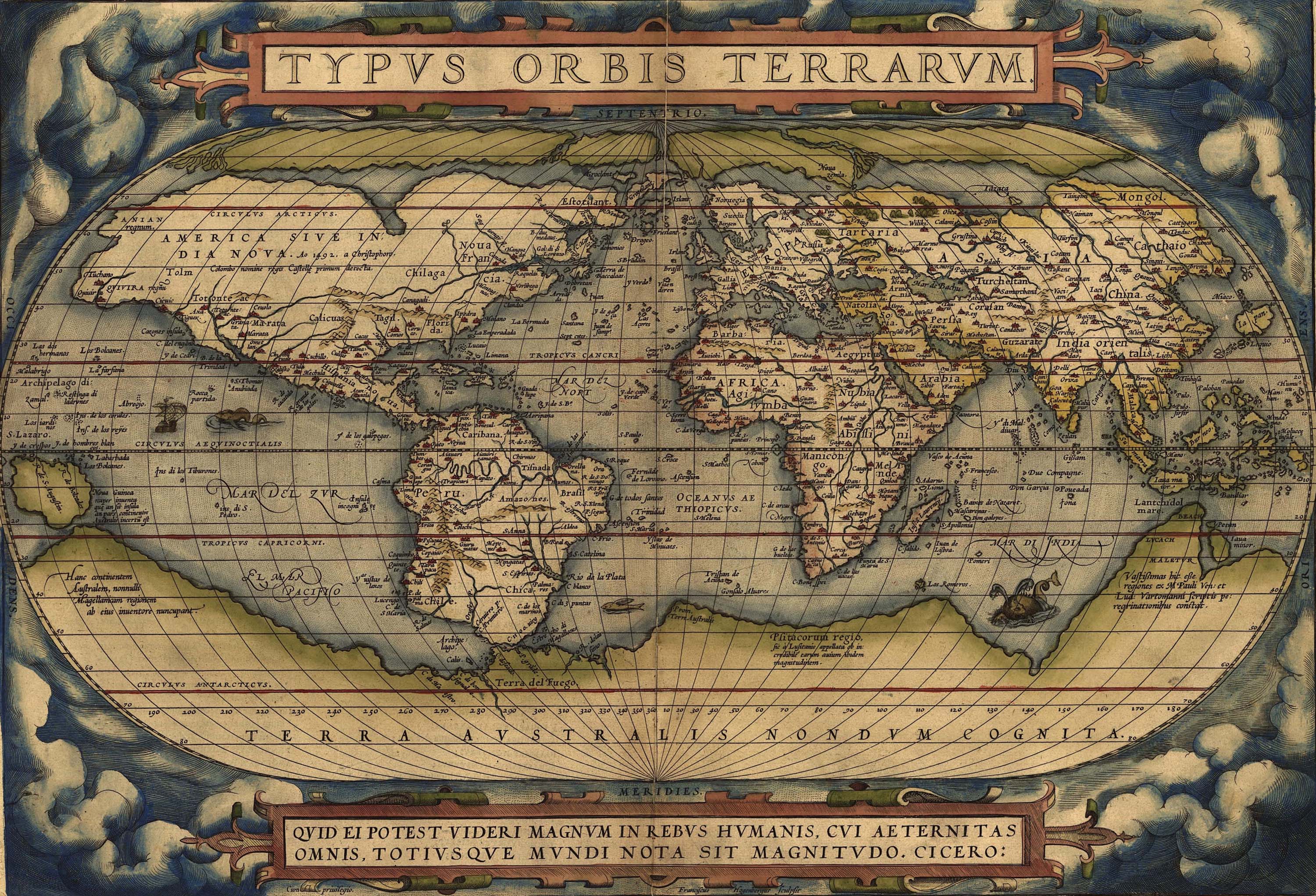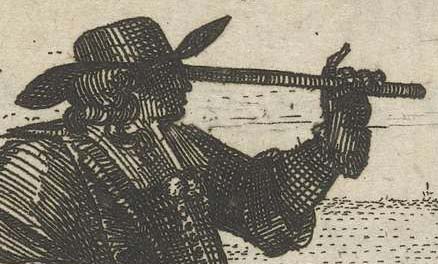In the course of research for his publication Bearing the Heavens: Tycho Brahe and the Astronomical Community of the Late Sixteenth Century (Cambridge, 2007; reprint 2011), Professor Adam Mosley compiled for his own use a large and invaluable list of early modern astronomical correspondence. Subsequently, and very kindly, he donated this metadata to Cultures of Knowledge. As a result we have been able to publish thus far in EMLO a catalogue of Brahe‘s correspondence, followed by the first of a number of installments of Kepler’s correspondence, which although based on the metadata supplied by Professor Mosley is being expanded and enriched significantly by Dr Francesco Barreca of the Galileo Institute. Now this week we are bringing out a catalogue for Giovanni Antonio Magini. And many more of Professor Mosley’s astronomers are queuing patiently in the wings.
Magini, whose correspondence was published in 1886 by the Galileo scholar, Antonio Favaro (1847–1922), was an astronomer, astrologer, mathematician, and incumbent of the chair of mathematics at Bologna from 1588 until his death in 1617. Amongst his correspondents may be found some of the leading astronomical and mathematical figures of his day, including the luminaries Tycho Brahe, Christoph Clavius, Galileo Galilei, Johannes Kepler, Johannes Macarius, and Abraham Ortelius (whose correspondence — in case you missed it — we welcomed to EMLO just last week).  With EMLO growing so rapidly, thanks in no small measure to the generosity, altruism, and meticulous and painstaking work of such scholar-contributors as Professor Mosley, EMLO is in a position to begin listing catalogues by theme, as well as by individual correspondent. Thus from this point forward, under the Thematic section of EMLO’s Collections index page, a number of interesting groupings may be consulted. For the present, we have arranged clusters of correspondences on astronomy; cartography; collections of letters; connoisseurship and collecting; devotional literature; diplomacy; early modern women; Fellows of the Royal Society; intelligencers; mathematics; medicine; music; natural philosophy; and poetry. Of course, as more correspondences come into EMLO, the possibilities for thematic clusters increase and it will not be long before many more will be added. In addition, it will soon be possible for users to consult batches of correspondences by contributor, whether individual scholar, library, project, or publisher, and it is here that each donation of metadata — such as that made by Professor Mosley — may be viewed and celebrated as a whole.
With EMLO growing so rapidly, thanks in no small measure to the generosity, altruism, and meticulous and painstaking work of such scholar-contributors as Professor Mosley, EMLO is in a position to begin listing catalogues by theme, as well as by individual correspondent. Thus from this point forward, under the Thematic section of EMLO’s Collections index page, a number of interesting groupings may be consulted. For the present, we have arranged clusters of correspondences on astronomy; cartography; collections of letters; connoisseurship and collecting; devotional literature; diplomacy; early modern women; Fellows of the Royal Society; intelligencers; mathematics; medicine; music; natural philosophy; and poetry. Of course, as more correspondences come into EMLO, the possibilities for thematic clusters increase and it will not be long before many more will be added. In addition, it will soon be possible for users to consult batches of correspondences by contributor, whether individual scholar, library, project, or publisher, and it is here that each donation of metadata — such as that made by Professor Mosley — may be viewed and celebrated as a whole.
For the present, I hope you enjoy Magini as EMLO’s latest addition to the ‘stellar hall of fame’. Should you be in any way like me and prone to image what early modern individuals might discuss as they encounter each other in the Valhalla that is our union catalogue, suggestions may be submitted by email or, alternatively, the good old-fashioned way on a postcard . . .


